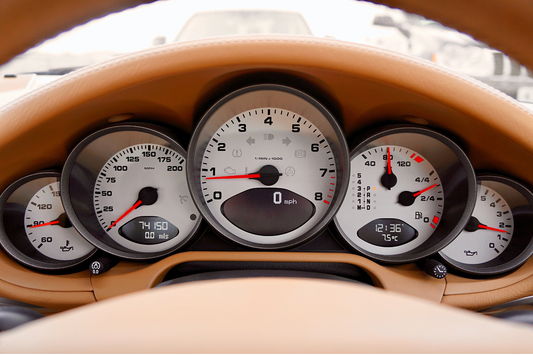With their advanced technology and eco-friendly features, electric vehicles (EVs) are becoming increasingly popular. However, one question that often arises is whether or not electric cars are equipped with an On-Board Diagnostics II (OBD-II) port, a crucial interface that provides insights into a vehicle's health and performance. In this blog, we'll delve into the fascinating world of EVs and explore whether they have an OBD-II port.
The Role of OBD-II Ports
Before we dive into the specifics of electric cars, let's briefly understand the significance of OBD-II ports. OBD-II is a standardized system in modern vehicles that monitors the performance of various vehicle components, detects malfunctions, and generates diagnostic trouble codes (DTCs) when issues arise. The port allows mechanics and technicians to connect diagnostic tools to the vehicle's computer system, enabling them to identify problems and perform accurate repairs.
Electric Cars and OBD-II Ports
So, do electric cars have an OBD-II port? The answer is not as straightforward as a simple yes or no. The presence and functionality of OBD-II ports in electric cars can vary based on several factors, including the manufacturer, model, and regional regulations.
Battery and Powertrain Diagnostics: Electric cars, unlike traditional internal combustion engine (ICE) vehicles, have a unique powertrain that includes a battery pack, electric motor, and control systems. These components require monitoring and diagnostics, similar to the engine and emissions systems in conventional vehicles. As a result, many electric cars do feature OBD-II ports or similar diagnostic interfaces to monitor the health and status of the battery and powertrain.
Different Types of Ports: While some electric cars have a dedicated OBD-II port, others might use alternative communication protocols or proprietary interfaces for diagnostics. For instance, Tesla vehicles utilize their own diagnostic connector and software for accessing vehicle data. This variation is partly due to the specialized nature of electric drivetrains and the need for specific diagnostic tools.
Regulatory Requirements: OBD-II standards are primarily aimed at monitoring emissions-related systems in ICE vehicles. Electric cars, which produce zero tailpipe emissions, may not be subject to the same emissions-related regulations. As a result, some jurisdictions might not require electric cars to have a traditional OBD-II port. However, manufacturers often include diagnostic interfaces to meet service and maintenance needs.
Remote Diagnostics and Connectivity: Many electric cars come equipped with advanced telematics systems that enable remote diagnostics and over-the-air updates. These systems can provide real-time data to manufacturers and service centers, reducing the need for physical OBD-II connections in certain cases.
The presence of an OBD-II port in electric cars is not a one-size-fits-all scenario. While some electric vehicles do feature OBD-II ports or similar diagnostic interfaces to monitor their unique powertrains, others rely on specialized connectors or proprietary communication protocols. The evolution of electric car technology, coupled with regional regulations and manufacturer preferences, contributes to the diversity in diagnostic interfaces.
As the automotive industry continues to innovate, it's essential for consumers, mechanics, and technicians to stay informed about the diagnostic capabilities of different electric car models. Whether through traditional OBD-II ports, proprietary connectors, or advanced telematics systems, the goal remains the same: to ensure the smooth operation, performance, and longevity of these eco-friendly vehicles on the road.




